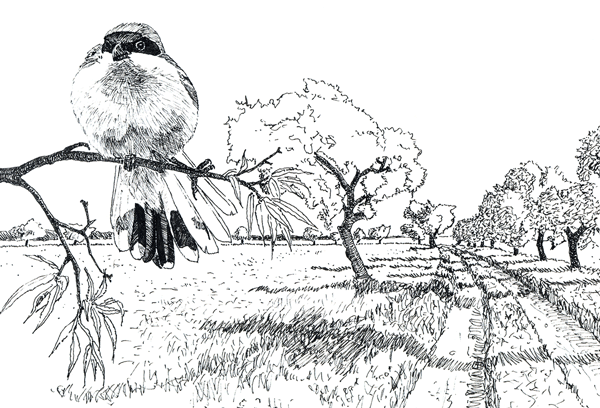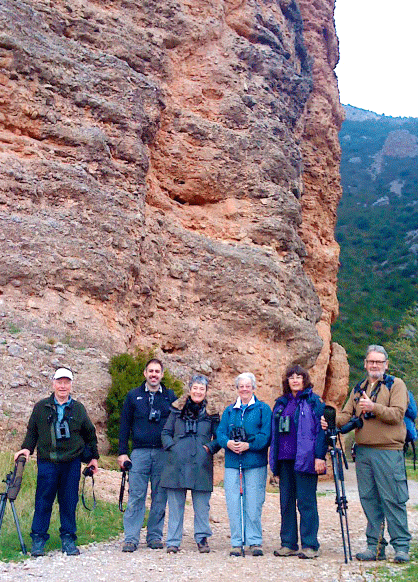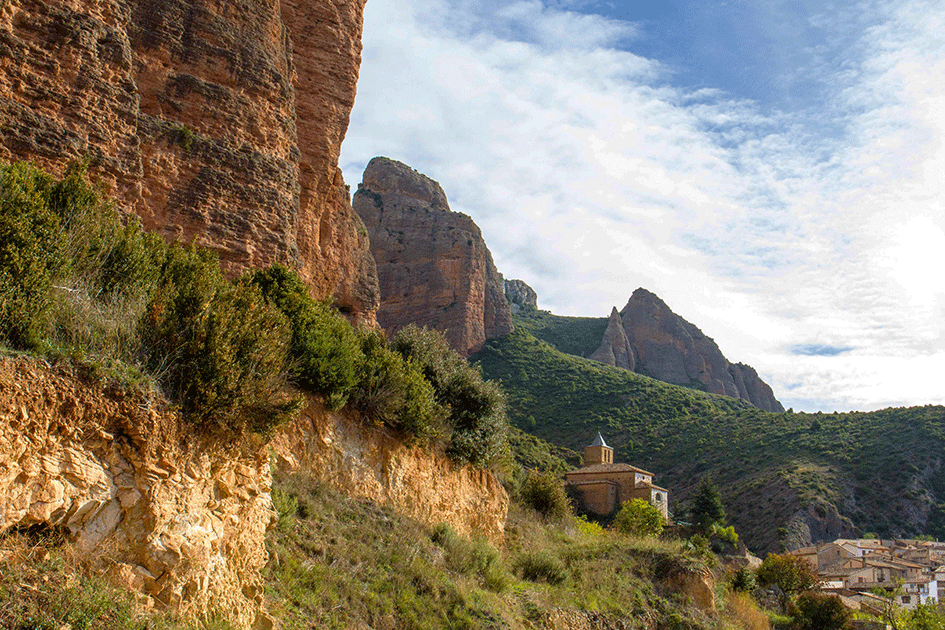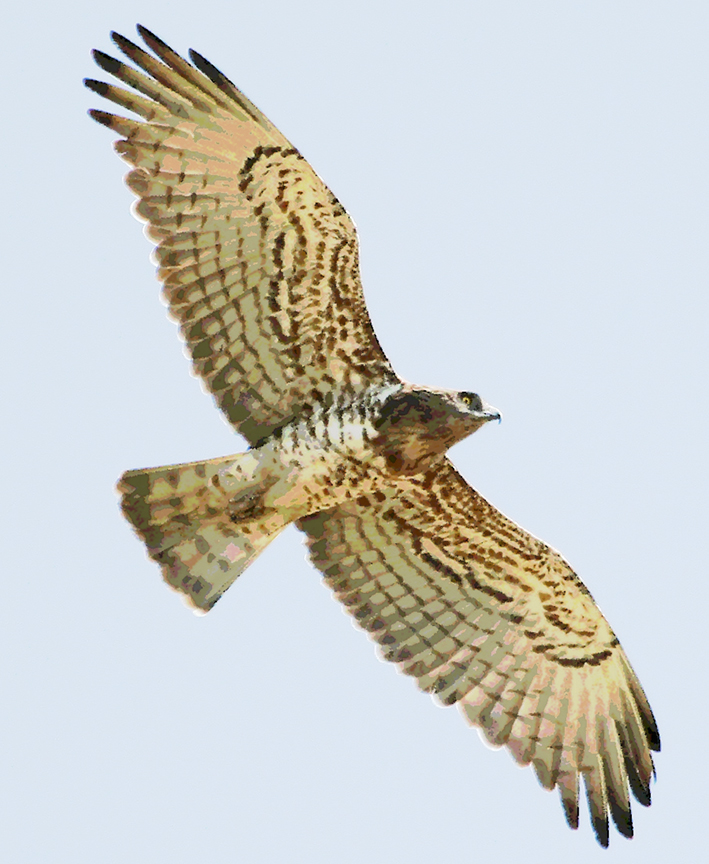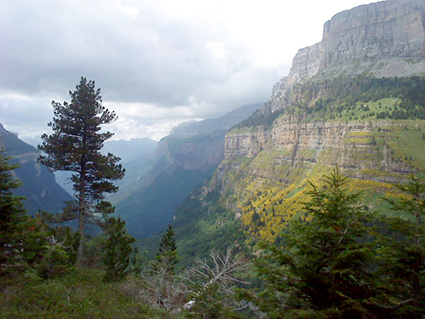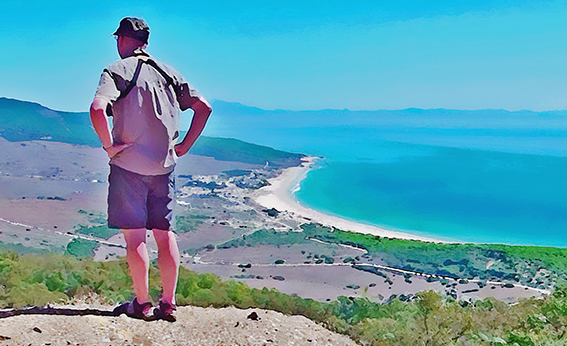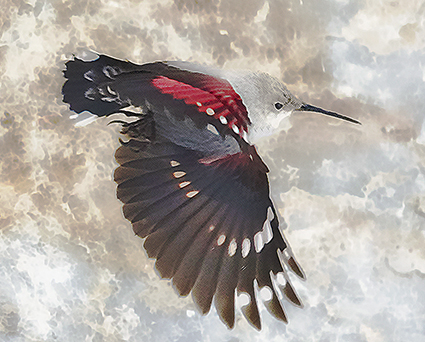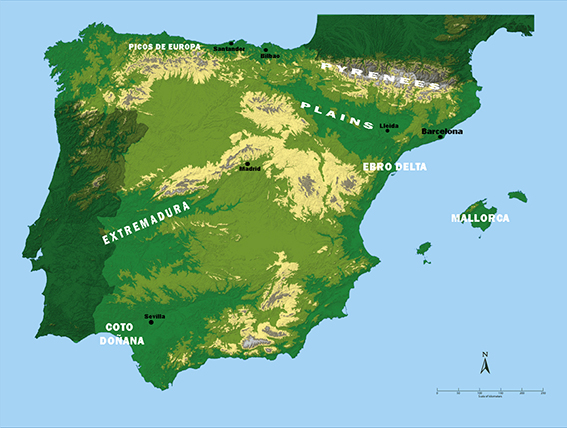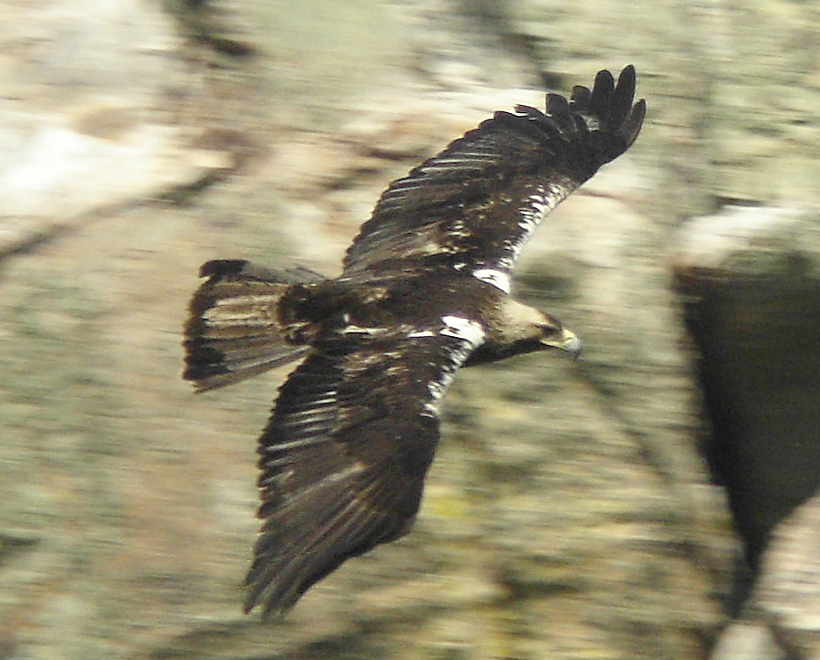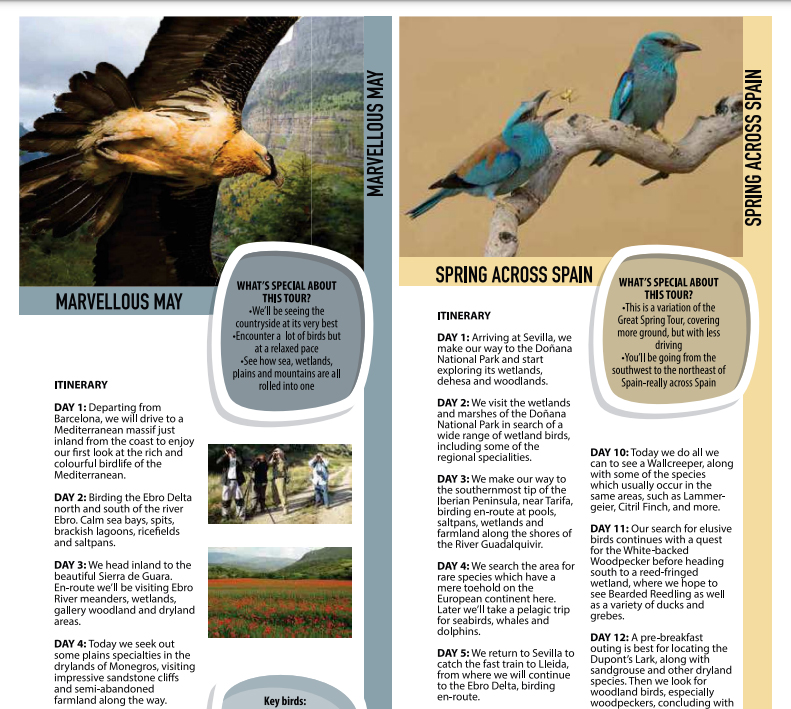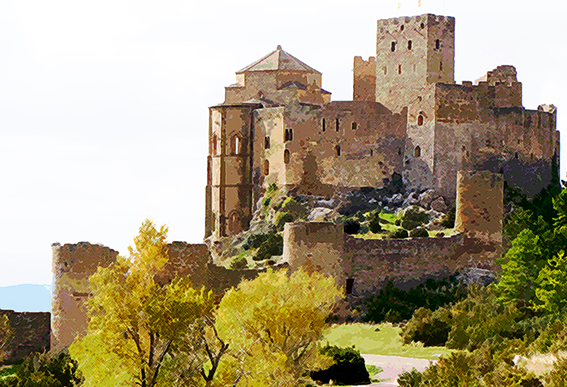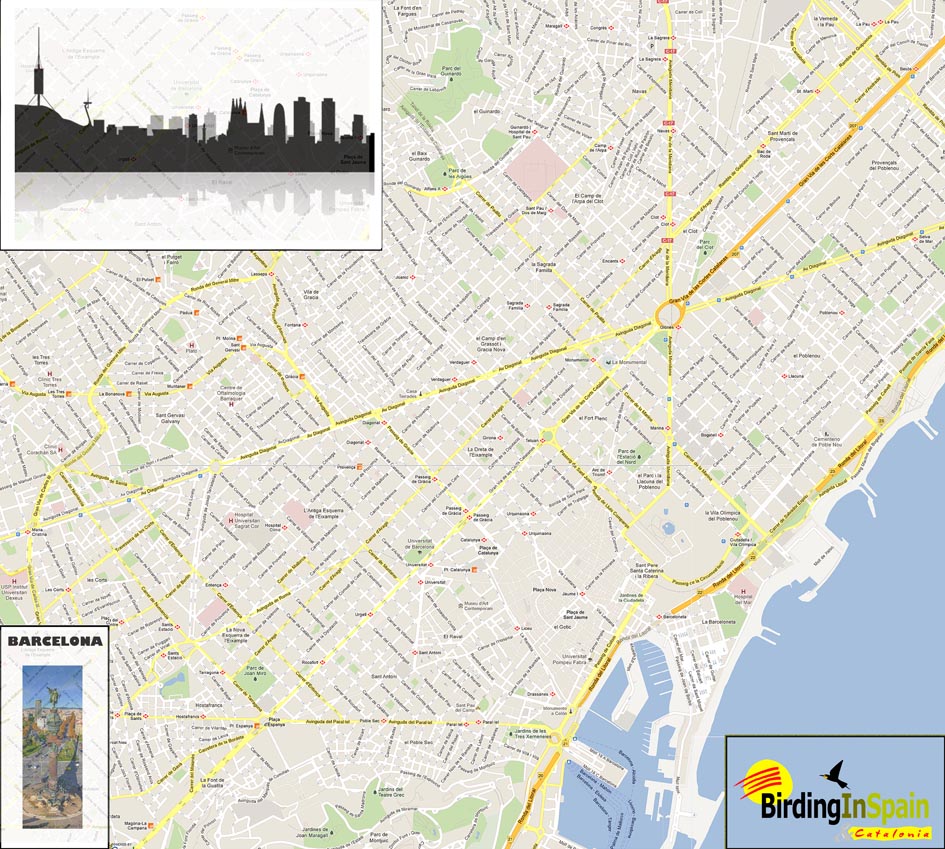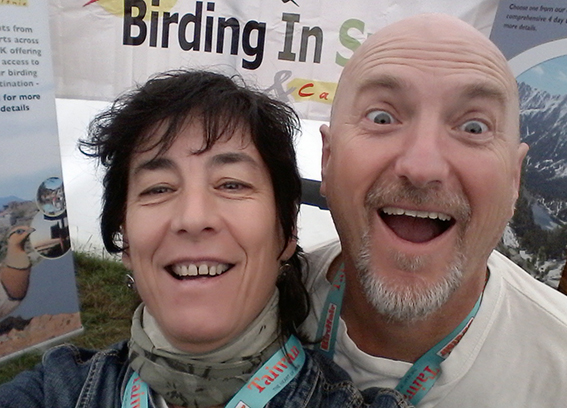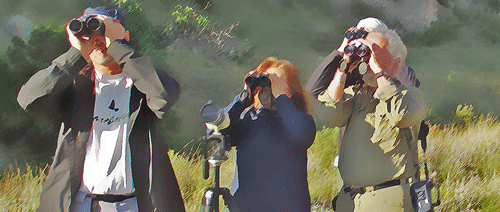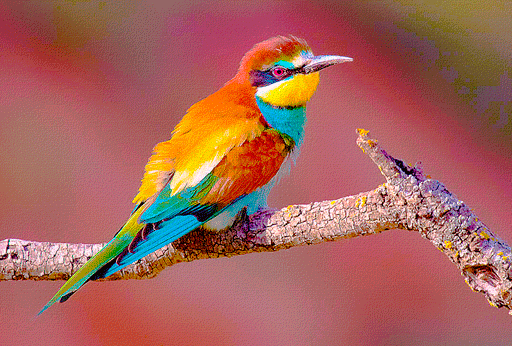Why do I need a guide?
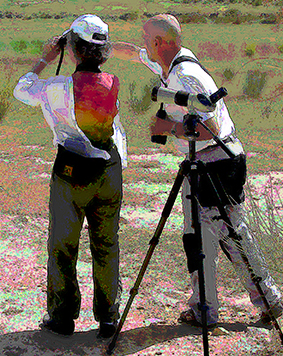
Birding is better with a guide
A bird guide is about finding and identifying birds, right? And you are good at identifying birds, so you don’t need a guide, right?
Hmm…
Do you know all the birds’ calls?
Do you know the birds’ habitat and how they use it?
Do you know how they interact with other species?
Do you know how their movements are timed throughout the year?
Do you know if the habitat or the bird is still there?
Then there are other considerations …
- How to design the most efficient itinerary, getting the most birds for the least time and effort while maintaining a pace that suits you
- How to drive on Spanish roads full of Spanish drivers and road signs
- Where it may not be safe to park or leave a vehicle
- Do you know all the tracks and back roads?
- Do you have alternative sites for the species you came to see?
- Can you speak the language for whatever occasion (and don’t be surprised but a lot of people don’t speak English)
- Do you know what is private property and what is not?
Then, a good birding guide with roots in the country and culture will also have extensive knowledge of
- Food and drink
- History and culture
- What else is there to see or to do apart from the birds
- Where to stop for a good coffee and croissant or sandwich
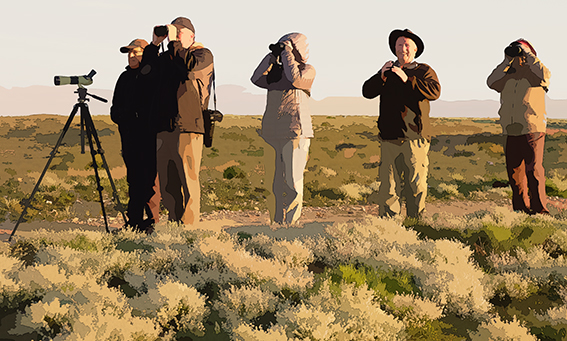
Birding in Spain with your group and our guide
So in our opinion the question shouldn’t be whether you can afford a guide, but rather whether you can afford to come on the holiday of a lifetime and not to have one.

